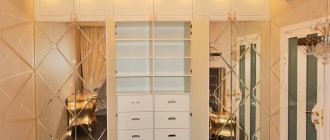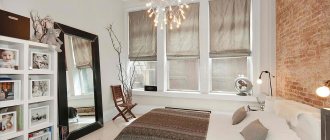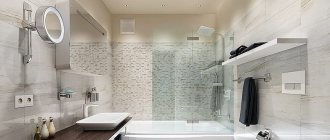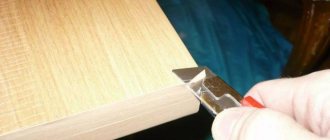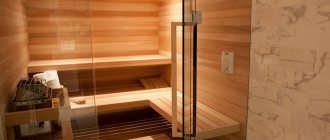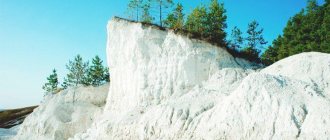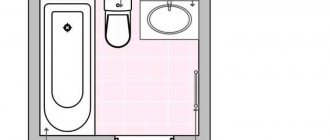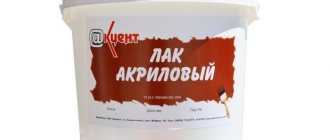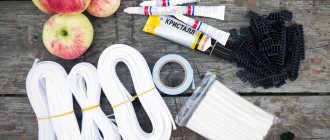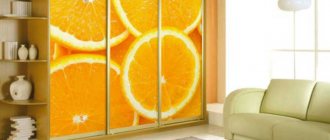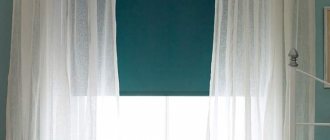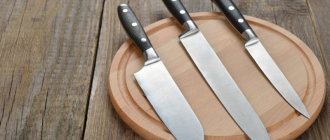42250
A mirror is considered an essential attribute of every apartment. Not a single woman can live without it, and the same can be said about men. You can look at the sandblasted pattern on the mirror of the wardrobe in the photo to understand how it allows you to diversify the interior and add a touch of originality to it. To choose the right decor, you need to know how it is applied and what varieties are available in modern production.
Catalog of sandblasting patterns
| Architecture (141 drawings) | Abstraction (199 drawings) | Patterns (199 designs) | Flowers (199 designs) |
| Trees (161 drawings) | Frames (199 designs) | Sea (144 drawings) | Assorted (731 designs) |
Additional catalog
Types of glass sandblasting
In practice, 4 types of sandblasting glass are used.
- Standard. Assumes uniform processing with or without a stencil.
Photo #3: standard frosted glass
- Deep. With its help, three-dimensional images are obtained. In this case, the glass is destroyed much deeper. Certain areas are treated with an abrasive mixture several times.
Photo No. 4: example of deep sandblasting of glass
- Colored. Paint is added to the abrasive mixture. She is not afraid of light and moisture. The patterns take on rich colors. The drawings do not deteriorate over time.
Photo No. 5: colored sandblasting of glass
- Double sided. Products are processed on both sides. The image appears to be suspended in the air.
Photo No. 6: double-sided sandblasting
As you can see, there are many options for making tempered frosted glass.
The main disadvantage of sandblasting is that rough, deep impacts reduce the strength characteristics of materials. The surfaces become rough.
In addition, when sandblasting it is impossible to vary the level of transparency of the matting.
Where is a mirror with a sandblasted pattern used?
Most often, a pattern is chosen on a cabinet mirror, but this technology can be used for any purpose: the image looks great on mirrors in the hallway, living room or bathroom, on mirrored partitions, on doors and even on the walls of shower stalls.
Some of the most daring and unusual use cases include the following:
- A mirrored canvas with a pattern on the wall - this decor can be used to make the space visually larger.
- Mirror ceiling - the use of this technology will significantly increase the height of the room and it will look original.
- A table with a mirror surface with a sandblasted image will attract the eyes of guests and become the main accent in the interior.
We create sandblasting designs both on existing canvases and on mirrors that we will produce for you. That is, you can bring your own mirror or order a new one in individual sizes. Drawing is possible on any type of mirror: standard, double-sided, colored, lightened, matte, aged and others. You can see all the options on the page Mirrors to order .
Application techniques used
To sandblast glass or a mirror, you must first select the optimal application technique.
Some people want to stick with a matte effect, others want to achieve something original and original.
Sandblasting is divided into 4 categories:
- regular matting;
- color toning;
- matting, but artistic;
- amalgam.
Now I propose to look at the entire, let’s say, catalog of techniques, study photo examples and see how sandblasting is performed and how it looks on an oval, rectangular and any other mirror or glass.
Matting
First of all, let's look at standard or regular matting.
In fact, this is the very first technique to appear.
See also:
Boyard furniture fittings: reviews, advantages, where to buy
With this type of matting using the sandblasting method, a special sand mixture is laid out on the surface to be treated according to a special stencil prepared in advance. Areas that do not cover the glass with a stencil are processed, acquiring a matte texture. Such designs are characterized by flatness; they do not trap dust and do not leave stains. These mirrors and glass are extremely easy to clean and clean. The finished drawing is graphic and has clearly defined boundaries.
But if you use several layers at once, then the effect will be voluminous.
Another type of matting is artistic.
The peculiarity of this method is that it becomes possible to make transitions of different shades, textures and colors. The finished image is characterized by better clarity, naturalness and aesthetics. But to implement your plan you need to spend more time and effort. This is due to the gradual application of layers.
Used for processing glass of different thicknesses. There are film and metal templates for artistic matting.
[adv2]
When using metal templates, standard images are used, which subsequently appear on glass or mirror. A financially accessible way, the template itself is easy to make. But if you plan to make a complex design, then a metal template will no longer work. This is where film products come to the rescue, adapted to create original drawings, ornaments and non-standard images. Films allow you to create original sketches and transfer them to different surfaces.
The use of films involves greater financial and time costs compared to metal templates for artistic sandblasting.
Color sandblasting and amalgam method
Now I’ll tell you about color tinting. This sandblasting method is quite original and very attractive in appearance. Here it becomes possible to give exactly the shade that the customer wants to receive.
Decoration is carried out as the project is completed. Sandblasting is applied to the inside, while the front part remains flat and smooth. This greatly simplifies the care of furniture. To extend the service life of such decor, an additional protective film is applied to the internal design.
As for amalgam, it is also worth mentioning the aesthetic side and visual appeal. Images are applied to the inside of glass or mirror. Additionally, furniture spotlights and LED cabinet lighting are actively used, thereby visually expanding the space.
Sandblasting
First you need to select a drawing. To do this, you can use our catalog or offer your own image, the requirements for which are vector format. If your image does not meet the requirements, don’t worry - our specialist will reformat it.
The next stage is drawing a picture: using special equipment, an image is applied. For this purpose, a fine abrasive is used (aluminum oxide of different fractions), which, under high pressure, scratches the glass in a special way, after which it becomes dull in the treated areas.
Decor features
Sandblasting is a cold surface treatment with quartz sand by spraying it under high pressure. To create an ornament you need two things - a stencil and special equipment. Application methods are varied. In the process of decorating a cabinet, you can make a mirror image on a matte background or process only the image itself.
Multi-level overlay technology allows you to create complex compositions. Such decor adds originality to even the most ordinary piece of furniture. In addition, a wardrobe with a sandblasted pattern has a number of other advantages:
- Original design - images of animals, flowers, buildings, ornaments. The choice is limited by the tastes of the owner and the imagination of the master.
- Variety of color palette.
- High speed of stencil production. You can use either a ready-made drawing or create an individual sketch.
- Moisture resistance.
- Long service life - under the influence of external factors, the picture does not change its properties, does not fade, does not crumble.
Designing, detailing and assembling a wardrobe with your own hands step by step.
This technology also has its disadvantages. Sandblasted sliding doors require careful maintenance. When applied, abrasive particles injure the surface, making it thin and fragile. Transportation of such products must be done very carefully.
The dimensions of the mirror for sandblasting patterns should not exceed 3000 × 1500 mm.
Possibility of choosing original design
High speed of stencil production
Wear resistance of the image
